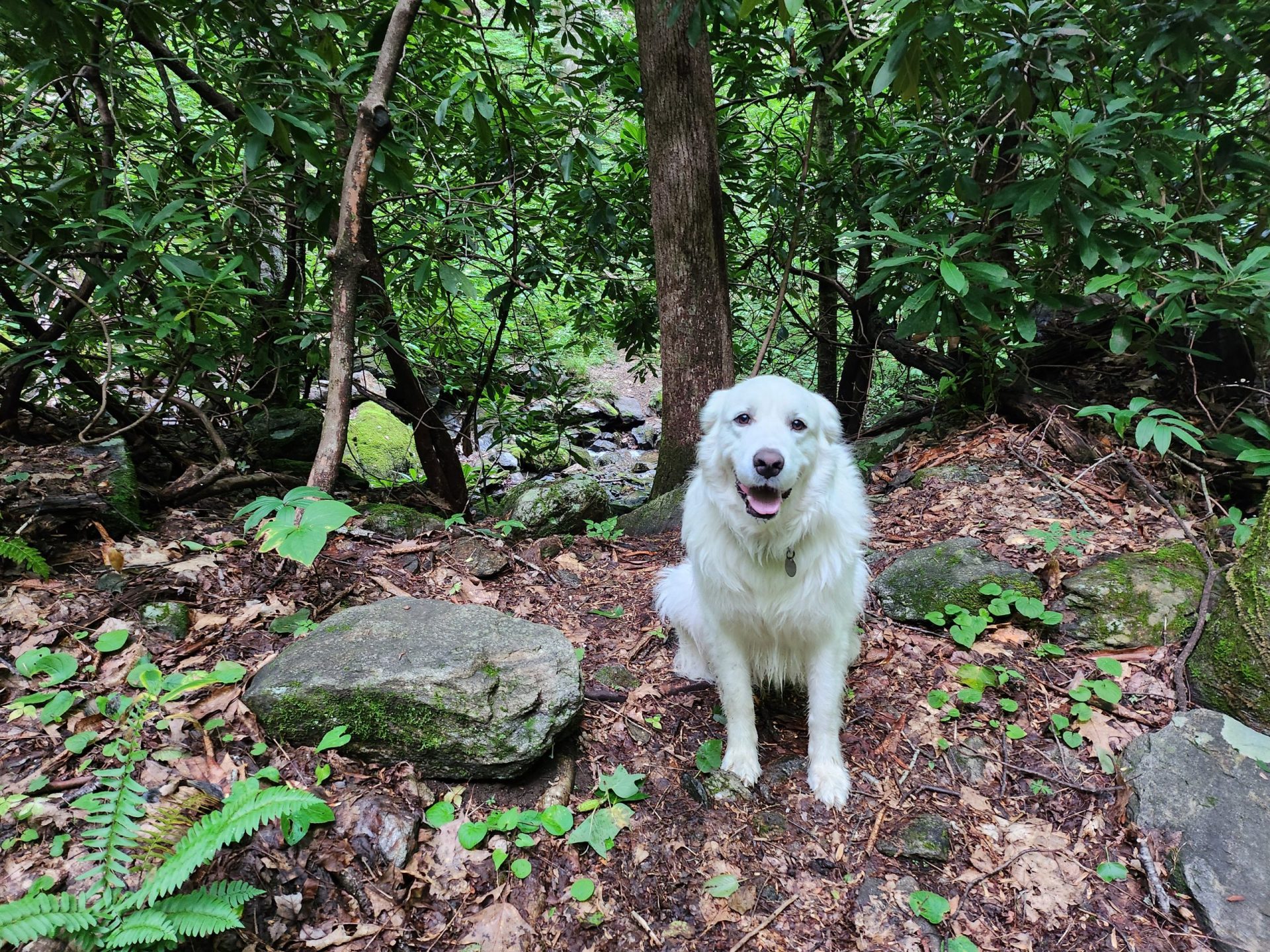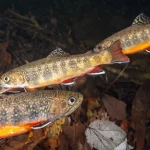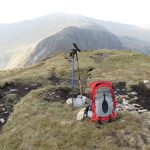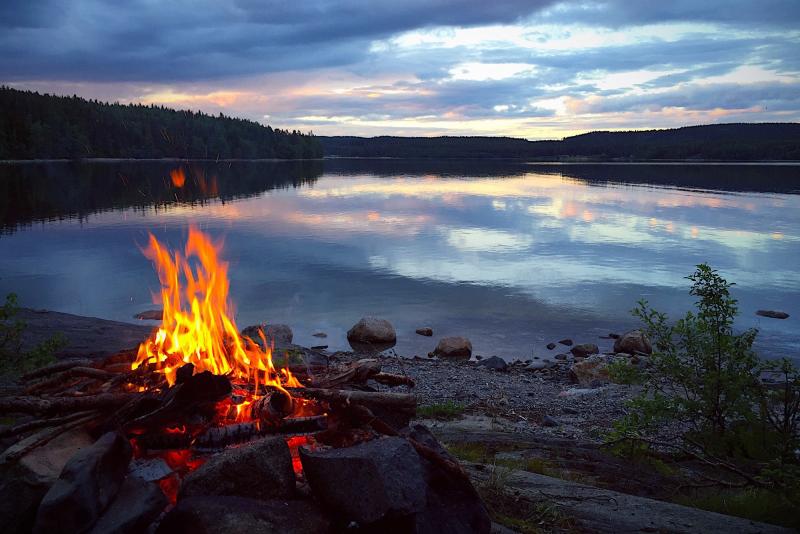Last Updated on May 14, 2023 by Andreas

Hello adventurers! If you’re planning a camping trip, one of the most important gear decisions you’ll have to make is choosing the right tent. The perfect tent for you will depend on several factors, including the size of your group, the season and location of your trip, and your budget. In this post, we’ll go through the essential features to consider when picking a tent for your next outdoor adventure.
Size: Number of Occupants and Tent Footprint
The first thing you’ll need to consider when choosing a tent is its size. Tents are typically designed to accommodate a specific number of people, ranging from solo shelters to larger family tents. For backpacking trips, small two-person tents are the most popular. They are lightweight and easy to pack, making them a convenient choice for hikers who plan to move around frequently. If you’re camping with a group, it’s best to choose a tent that can comfortably accommodate everyone. Keep in mind that tents are rated based on how many people can fit inside, but this rating can be a bit optimistic, especially if you’re using larger sleeping pads or have bulky gear.
In addition to the number of occupants, tent footprint is also a crucial consideration. The footprint refers to the space the tent takes up on the ground, and it’s essential to ensure that your tent will fit comfortably in the available space at your campsite. If you’re camping in a designated campsite, you can usually find information about the maximum tent size allowed. However, if you’re camping in the backcountry, it’s essential to choose a tent that fits the area you plan to camp in without disturbing the local environment.
Seasonality: Tent Construction vs Weather Conditions
The next consideration when picking a tent is the seasonality of your trip. Tents are generally designed for three-season backpacking, extended-season backpacking, or four-season mountaineering. Three-season backpacking tents are suitable for most camping trips during the spring, summer, and fall. They’re lightweight, have excellent ventilation, and can handle light rain and wind. Extended-season backpacking tents are designed to handle slightly more challenging weather conditions, such as high winds or light snow. Four-season mountaineering tents are the most durable and weather-resistant. They can handle heavy snow and strong winds and are designed for winter camping or mountaineering.
When choosing a tent, consider the weather conditions you’ll be facing and choose a tent that can handle those conditions. It’s better to be over-prepared than under-prepared, so if you’re unsure, go for a tent that can handle more severe weather conditions.
Weight: Pounds Carried vs Comforts
Weight is another essential consideration when choosing a backpacking tent. Lightweight tents are more comfortable to carry and are ideal for backpacking trips where you need to keep your pack weight to a minimum. However, ultralight tents can be more expensive and may sacrifice comfort and durability for weight savings.
If you’re not concerned about weight, you can choose a more substantial and more comfortable tent. However, keep in mind that the heavier the tent, the more challenging it will be to carry. You’ll need to balance your comfort needs against the weight you can carry.
Comfort: Interior Space, Access, Setup, and Quality of Tent Materials
Comfort is an essential consideration when choosing a backpacking tent. A comfortable tent should have enough interior space to accommodate your gear and sleeping pad comfortably. It should also have easy access, with doors on both sides that allow you to enter and exit the tent without disturbing your tentmate.
The setup process should be straightforward and quick, with clear instructions and minimal fuss. Quality materials are also essential for a comfortable and durable tent. Look for tents made from high-quality materials, such as ripstop nylon, that are waterproof and can withstand strong winds. The quality of the poles is also important since they provide the structure for the tent. Aluminum poles are stronger and more durable than fiberglass poles and are a better choice for extended trips.
Ventilation is also an important consideration for comfort. Tents with mesh panels or large vents allow for better air circulation, which can help reduce condensation and keep the tent cooler in hot weather. Additionally, vestibules can provide extra storage space for gear and help keep the interior of the tent clean and organized.
Biomes: Picking the Right Tent for Your Environment
Finally, when choosing a tent, it’s important to consider the environment you’ll be camping in. Different biomes have different weather conditions, and your tent needs will vary depending on where you plan to camp.
For example, if you’re camping in a deciduous forest, you’ll likely encounter moderate temperatures and high humidity. A three-season backpacking tent with good ventilation and a rainfly will be a good choice.
If you’re camping in a desert, you’ll need a tent that can handle the hot, dry climate. Look for a tent with a reflective rainfly that can reflect the sun’s rays and keep the tent cool.
Grasslands can be windy and exposed, so a tent with a strong, stable structure is essential. A four-season mountaineering tent is a good choice for these environments.
In a taiga biome, you’ll need a tent that can handle cold temperatures and heavy snow. A four-season mountaineering tent with a sturdy structure and a full-coverage rainfly is ideal.
Temperate rainforests are known for their high rainfall and humidity. A three-season backpacking tent with a high-quality rainfly and good ventilation will be a good choice.
Tundras are cold and windy environments, so a four-season mountaineering tent with a strong structure and full-coverage rainfly is essential.
Finally, if you’re camping in an alpine biome, you’ll need a tent that can handle cold temperatures, high winds, and heavy snow. A four-season mountaineering tent with a sturdy structure and full-coverage rainfly is the best choice for these environments.
Closing
A four-season mountaineering tent is designed to withstand extreme weather conditions, making it a good choice for camping in any environment. Whether you’re camping in the hot, dry desert or the cold and windy alpine biome, a four-season mountaineering tent will keep you protected from the elements. These tents are made with high-quality materials, such as durable poles and full-coverage rainflies, and are designed to withstand heavy snow, strong winds, and rain. Additionally, they provide excellent insulation and ventilation, making them comfortable to sleep in even in extreme temperatures. While they may be heavier and more expensive than other types of tents, a four-season mountaineering tent is a reliable investment for anyone who wants to camp in any environment, any time of year.
Choosing the right tent is essential for a comfortable and enjoyable camping trip. Consider the size, seasonality, weight, and comfort of the tent, as well as the environment you’ll be camping in. By taking the time to choose the right tent, you’ll be able to enjoy your outdoor adventure to the fullest. Happy camping!
In the end, if you’re looking for more information on camping gear or finding a campsite near you, check out our website for more tips and recommendations. Thanks for reading, and see you on the trails!







